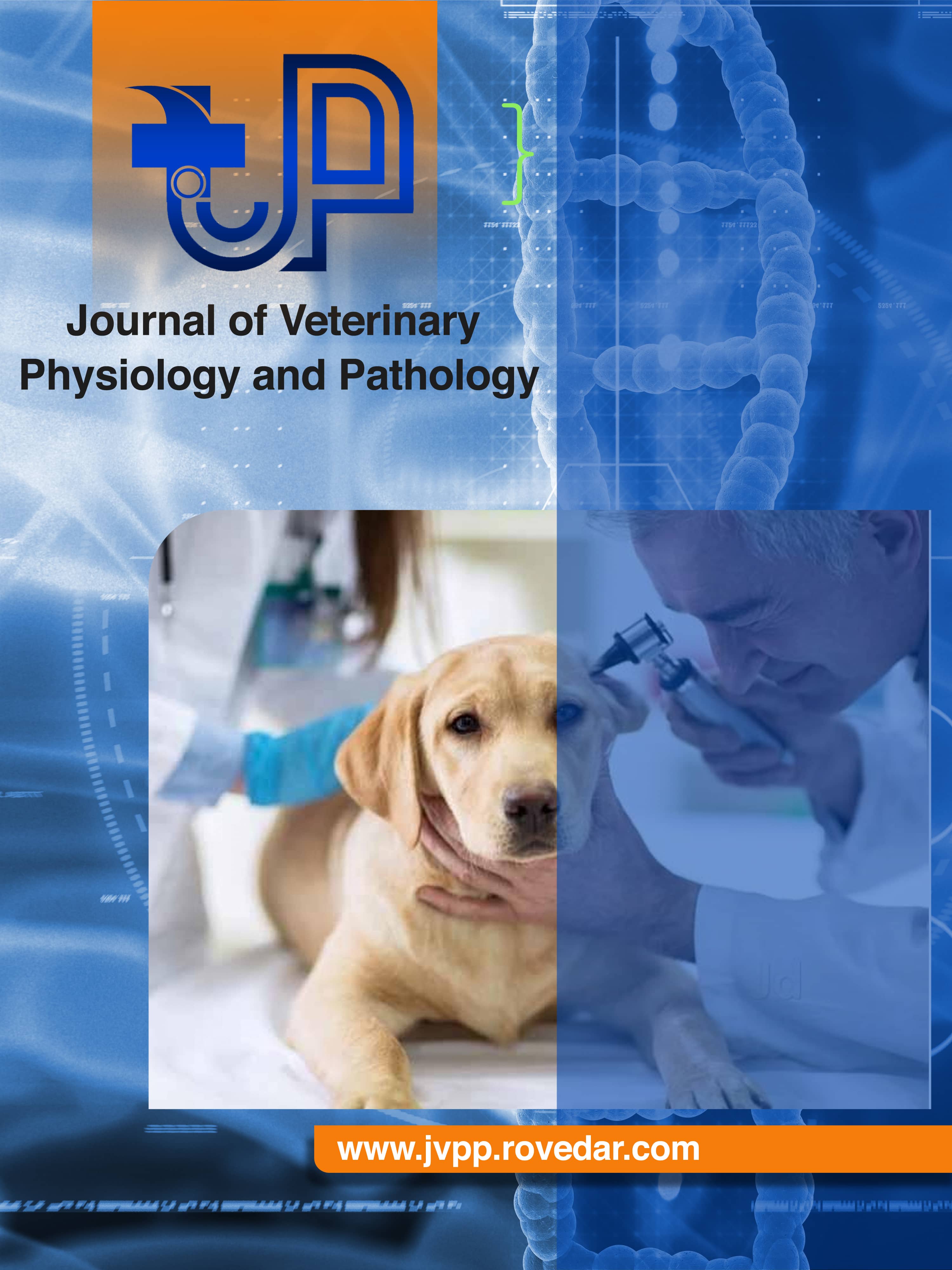Management of Staphylococcus aureus Health Risk Factors in Algeria
Main Article Content
Abstract
One Health is defined as the collaborative effort of multiple health science professions and their related disciplines and institutions to attain optimal health for people, domestic animals, wildlife, plants, and the environment. This study aimed to present different strategies of Algerian Veterinary Services to manage Staphylococcusaureus (S. aureus) health risk factors. Staphylococcus aureus is an animal and human opportunistic bacterium that causes a wide range of severe diseases. Its danger lies in its potential for transmission from animals to humans and conversely. This zoonotic potential is now well recognized, with the consideration that contact with animals is one of the most important factors influencing colonization and infection in human populations. Given the importance and interdependence of human and animal health linked to S. aureus health risk factors, it is logical to take a One Health approach when addressing this problem. It can be concluded some measures are necessary for the management of S. aureus in food hygiene. These may include launching a control and monitoring plan for residues in food of animal origin and animal feed, as well as a PASCRA plan for the detection of contaminants, such as antibiotic residues, or monitoring of contamination levels in live animals and food products of animal origin at different stages of the production chain.
Article Details

This work is licensed under a Creative Commons Attribution 4.0 International License.
References
Cohen TS, Hilliard JJ, Jones-Nelson O, Keller AE, O’Day T, Tkaczyk C, et al. Staphylococcus aureusα toxin potentiates opportunistic bacterial lung infections. Sci Transl Med. 2016; 8(329): 329ra31. DOI: https://doi.org/10.1126/scitranslmed.aad9922
Springer B, Orendi U, Much P, Höger G, Ruppitsch W, Krziwanek K, et al. Methicillin-resistant Staphylococcus aureus: A new zoonotic agent?. Wiener klinische Wochenschrift. 2009; 121(3-4): 86-90. DOI: https://doi.org/10.1007/s00508-008-1126-y
Andreoletti O, Budka H, Buncic S, Colin P, Collins JD, De Koeijer A, et al. Assessment of the public health significance of meticillin resistant Staphylococcus aureus (MRSA) in animals and foods, scientific opinion of the panel on biological hazards. EFSA J. 2009; 993: 1-73. Available at: https://efsa.onlinelibrary.wiley.com/doi/pdf/10.2903/j.efsa.2009.993
Foster TJ. Antibiotic resistance in Staphylococcus aureus. Current status and future prospects. FEMS Microbiol Rev. 2017; 41(3): 430-49. DOI: https://doi.org/10.1093/femsre/fux007
Shrivastava S, Shrivastava P, Ramasamy J, and Ramasamy J. World health organization releases global priority list of antibiotic-resistant bacteria to guide research, discovery, and development of new antibiotics. Journal of Medical Society. 2018; 32(1): 76-77. DOI: https://doi.org/10.4103/jms.jms_25_17
Chaalal W, Chaalal N, Bourafa N, Kihal M, Diene SM, and Rolain JM. Characterization of Staphylococcus aureus isolated from food products in Western Algeria. Foodborne Pathog Dis. 2018; 15(6): 353-360. DOI: https://doi.org/10.1089/fpd.2017.2339
Agabou A, Ouchenane Z, NgbaEssebe C, Khemissi S, Chehboub MTE, Chehboub IB, et al. The emergence of nasal carriage of ST80 and ST152 PVL+ Staphylococcus aureus isolates from livestock in Algeria. Toxins. 2017; 9(10): 303. DOI: https://doi.org/10.3390/toxins9100303
Mcewen SA, and Collignon PJ. Antimicrobial resistance: A one health perspective. Microbiol Spectr. 2018; 6(2). DOI: https://doi.org/10.1128/microbiolspec.arba-0009-2017
Direction des services vétérinaires (DSV). Plan national de communication en santé animale. Direction des services vétérinaires; 2011/2012. Available at : http://www.ipcinfo.org/fileadmin/ user_upload/remesa/library/Plan%20de%20Communication%20en%20SA%20Alg%C3%A9rie%20_09%2011%20012.pdf
Ministere De L’agriculture Et Du Developpement Rural (MADR). Recueil de textes relatif à la protection Zoo sanitaire et vétérinaire. 2017.
JORA Journal Officiel de la République Algérienne Official newspaper. Executive Decree No. 17-310 of October 24, (2017), on the creation, missions, organization and functioning of the national multisectoral committee for the fight against antimicrobial resistance. 2017. Available at: http://www.joradp.dz/FTP/JO-FRANCAIS/2017/F2017064.pdf
Zamoum MR. Évaluation des teneurs d’antibiotiques dans la chair de poulet de la région centre: Contribution au projet algérien de surveillance des résidus et contaminants dans l’aliment, PASCRA. Thèse de doctorat en sciences médicales. 2019. Available at: http://biblio.univ-alger.dz/jspui/bitstream/1635/15252/1/ZAMOUM-RADIA.pdf.pdf
Food and agriculture organization of the United Nations (FAO). INFOSAN, activity report; 2014/2015. Available at: https://www.fao.org/3/I5898E/i5898e.pdf
Collignon PJ, and Mcewen SA. One health-its importance in helping to better control antimicrobial resistance. Trop Med Infect Dis. 2019; 4(1): 22. DOI: https://doi.org/10.3390/tropicalmed4010022
World health organization (WHO). Global antimicrobial resistance and use surveillance system (GLASS); 2022. Available at: https://www.who.int/initiatives/glass
Algerian network monitoring of antimicrobial resistance (AARN). Présentation–Mémorandum. 2022. Available at: https://aarn.pasteur.dz/ index.php/presentation





